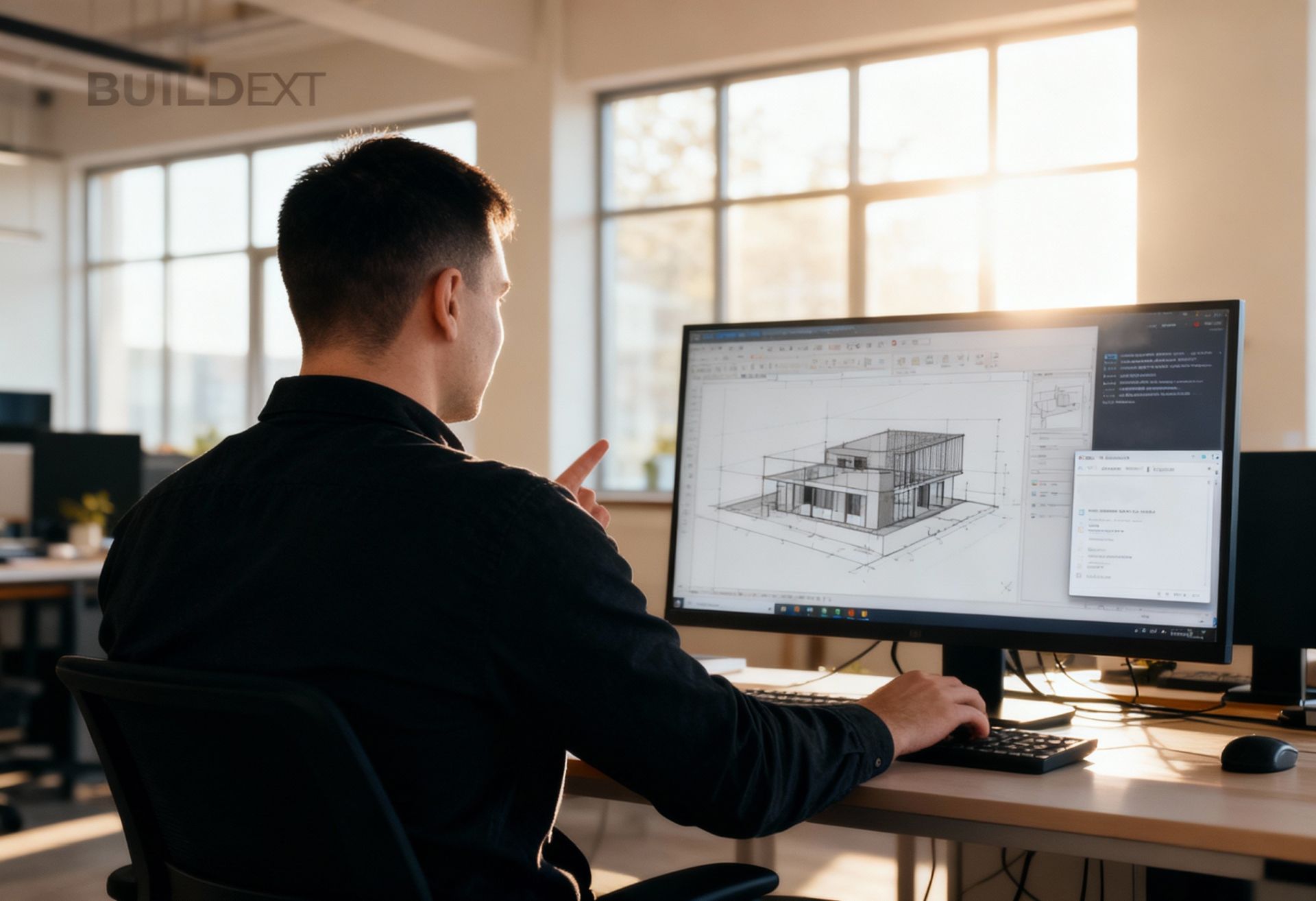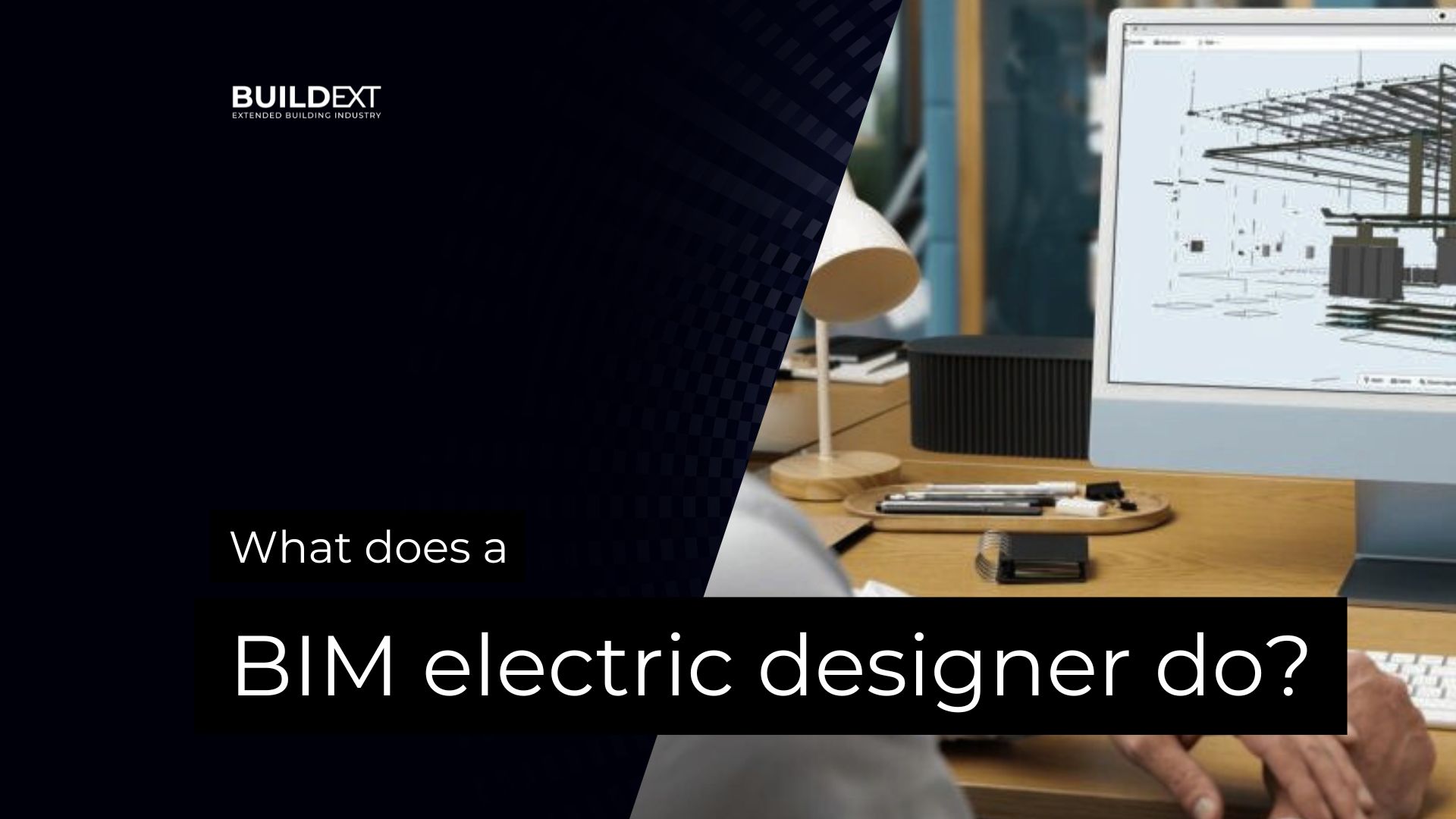The work of an electrical or mechanical designer is truly good when the design not only works on its own, but also fits flawlessly into the architectural space. However, professional knowledge alone is not enough for this – it is also necessary for designers to truly work together, not just side by side.
Today in Hungary, specialist designers typically work in two types of environments: either in independent, engineering companies, or in multidisciplinary architectural firms that have begun to build their own specialist teams in recent years – structural engineers, building services engineers, electrical engineers, sprinkler engineers, and other specialists alongside architects.
In recent years, a new category has emerged: offices that operate using BIM methodology . They already think in terms of digital models, design in 3D, and base their collaboration on a shared data model, but their activities are typically limited to the design or design-build phase.
However, BIM integrators go even further than this. They not only design the building, but also provide services throughout its entire lifecycle, from concept to operation.


The model is not only a design documentation tool, but also a continuously maintained and shared information system that supports construction, project management, and subsequent operation.
At BuildEXT, this is precisely what we base our operations on: we don’t think in terms of isolated areas of expertise, but rather in terms of a constantly expanding BIM service portfolio, informative BIM models, and efficient project teams.
Common place
The essence of BIM-based integrated design is that all disciplines design in the same digital environment. Revit and Dalux provide the common language for this, but there is something that even digitalization cannot replace: the human factor.
We benefit greatly from the unique fact that
the disciplines work in the same physical space.
This not only speeds up processes but also takes collaboration to a whole new level. When multiple projects are running simultaneously, it is human connection and physical proximity that make digitalization truly effective in cooperation.
In our office, the architect, mechanical engineer, and electrical engineer sit close to each other and see the same model, which has its advantages:
- if something clashes, it becomes apparent immediately; there are no surprises during the weekly coordination meeting that the architect has redrawn the floor slab;
- when a decision needs to be made, you don’t have to wait days for a reply email because of a 30 cm strangle shift.
- If an idea works, it can be incorporated into the project right away, so work doesn’t pile up and then suddenly come crashing down on you.
What’s more, since everyone works in Revit, there is no such thing as data or elements disappearing after IFC export, or models not fitting together. Responsibility is not fragmented, and process gaps do not detract from meaningful design.
☛ Click here to read about the advantages of closed BIM compared to open BIM methodology!
This type of collaboration is not only fast, but also instructive. Everyone has a better overview of the entire system – they see not only their own field, but the entire building, and even the entire process and team operation.
What do the designers working for us experience?
- Continuous feedback – everyone can see how their work fits into the whole system, so learning and progress are constant.
- Realistic deadlines – projects are well prepared, transparent, and tasks and responsibilities are clear.
- Fast, direct communication – decisions don’t get lost in emails.
- Tangible results – the designer knows exactly what has been included from what they planned.
- Opportunity for development – departments working in a shared space learn a great deal from each other, both personally and professionally.
Technology and people working as a team
BIM helps a lot, but the biggest difference is not the software ecosystem.
It’s that we are together here at BuildEXT.
Human proximity and the efficiency of the digital model together provide that extra something that makes work not only more efficient, but also much more meaningful.
Would you like to work in such an environment?
If you are a building services engineer or electrical designer who has experienced how much energy is wasted on fragmented systems and would like to finally focus on real design, check out our open positions! We are currently looking for talented electrical and building services designers!


